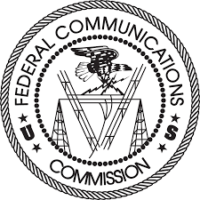
The median download speed, averaged across all participating ISPs, has almost quadrupled, from approximately 10 Mbps in March, 2011, to approximately 39 Mbps in September, 2015, concludes the agency in its sixth “Measuring Broadband America” report. “Compared to last year’s value of 32 Mbps, this year’s median download speed was an increase of approximately 22 percent,” states the agency.
Thirteen ISPs voluntarily participated in the 2016 study, representative of more than 80 percent of U.S. residential broadband internet connections. They include AT&T, CenturyLink, Charter Communications, Comcast, Cox, Frontier, Mediacom, Optimum, Time Warner Cable, Verizon, ViaSat, and Windstream.
Fixed cable and fiber broadband customers experienced speeds that were 100 percent, or better than advertised. However, the actual speeds experienced by subscribers of some ISPs satellite technologies were lower on average than the advertised “up-to” speeds for their respective providers. This is likely the result of increased subscribership and consumer usage of these services. Future proposed launches of more advanced satellites would likely reverse this trend, according to the agency.
Consumers with access to faster services continue to migrate to higher service tiers. Data shows that panelists subscribed in September, 2014, to service tiers with advertised download speeds between 15 Mbps to 50 Mbps are the most likely to have migrated towards higher service tiers.
The FCC began measuring broadband performance in response to recommendations in the National Broadband Plan. Since then, by continuing to shine a spotlight on actual versus advertised speeds, the FCC says it’s is ensuring accountability, increased transparency and enhancing competition in the marketplace.
December 5, 2016




Reader Interactions